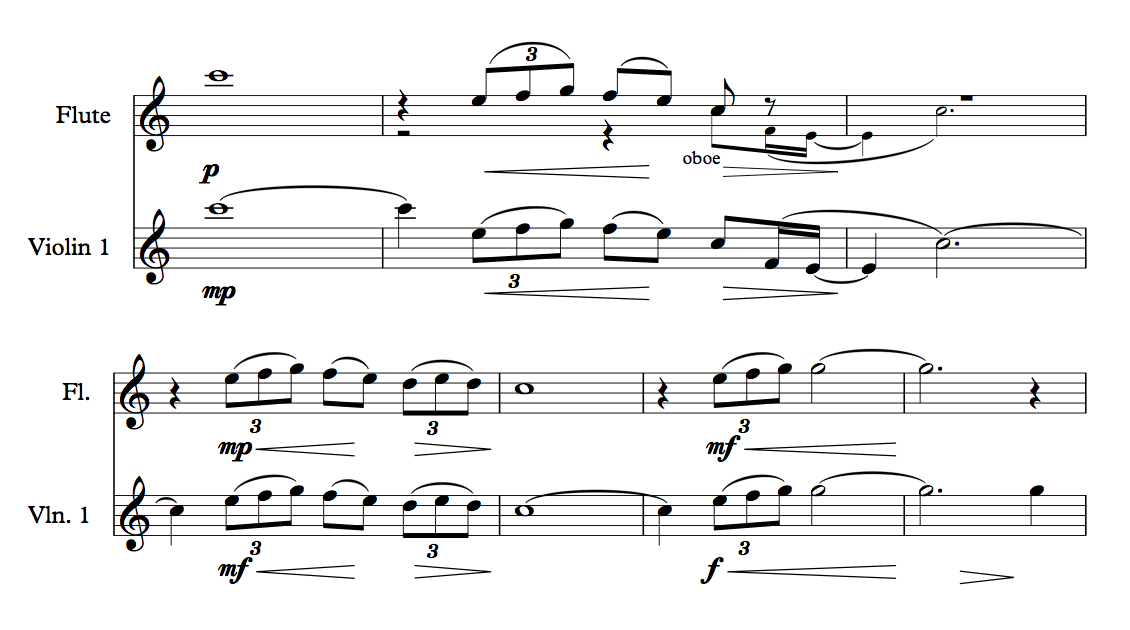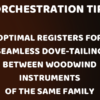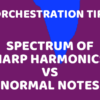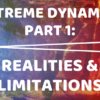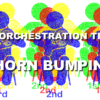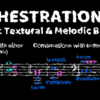The general wisdom about doubling strings with winds or brass is that for a smooth, combined sound, the phrasing should match exactly in both parts. In other words, the slurs and note durations should be nearly identical, with some allowances for differences between breathing and bowing, etc. With the advent of computer-based notation, such doubling turns from monkey-work into the click of a button, so it’s all too easy to follow this advice to the letter. And yet it’s not always so, as any experienced score-reader will see.
The difference of approach between strings and winds may be so extreme in places that the composer must perform some sleight-of-hand in order to make things seem locked together. In the above sample from Badinerie for flute and strings, J.S. Bach shows that he had the makings of a keen orchestrator. Who has not whistled this passage after hearing it? And who has not been surprised after looking at the score and seeing that the flute and violins are scored anything but identically? And yet observe how the flute maintains a simple bouncing rhythm of 8th-notes, while the violins actually perform the mordent-like lower melodic dips, and hit the high note a 16-beat late. The slight differences in execution between the two lines gives the melody enormous vitality, and paradoxically a type of unity that’s far more compelling than what the notes would sound like with a note-for-note unison doubling.
The secret lies in articulation and resonance. The flute possesses far more punch in a tongued staccato, at least at a light, bustling speed. Notice how the violins avoid playing the same staccato F#’s and E’s as the flute in the same way, often tying under the flute’s staccato. What’s needed here is the resonance of the violins, not their added articulation. The result is that the ear is tricked into thinking that the violins are bustling along with the same airy lightness as the flute, actually a near-impossibility. And by the reverse token, the ear also may hear that the flute is playing the little dips as well, filling in the sound between staccato notes. It’s truly divine deviousness.
On a simpler level, a practical knowledge of craft can shape a score in similar ways. What a lot of orchestrators need to know is that topnotch orchestral wind players shape notes much more deliberately than their colleagues on strings, because the process is so much more painstaking. Notes are more than just a duration of pitch to them. The attack, sustain, and decay have huge implications to the listener, and players work hard to refine these elements over the course of a lifetime. For instance, a sustained note must be carefully brought to a close that diminishes rather than just stopping clumsily. This is quite different from the strings, who can keep a sustained note full until the next attack unless told not to.
In the sample above, I make use of these natural differences in a way that makes the flute part more playable. The flutist is going to tend to take a breath before playing the motives on the second beat of every other bar. Also, she’ll shape the end of her note in a way that blends into the violins as they continue to hold. So in this case, it’s more logical to simply indicate a rest following the whole notes, rather than tying across the bar as the violins do. The flute will be breathing there anyway – this way, she can see the spot more clearly coming toward her, and can naturally breathe without thinking about it. In a score likely to be performed only once or twice after very little practice, it’s essential to make things as clear as possible for the player without sacrificing any continuity or quality of tone.
Of course, one can fine-tune things too much, and overdo this sort of thinking ahead. I might easily have just cut and pasted the parts and were done with it. Let the situation match the amount of care you put into scoring like this. If it’s a long symphony or set of orchestrations for a concert, then look for ways to make things easier, not just in doubling parts. On the other hand, a conductor might prefer that certain lines match exactly, so that his direction of the orchestra can be as comprehensive as possible. Don’t complicate his important job either.



